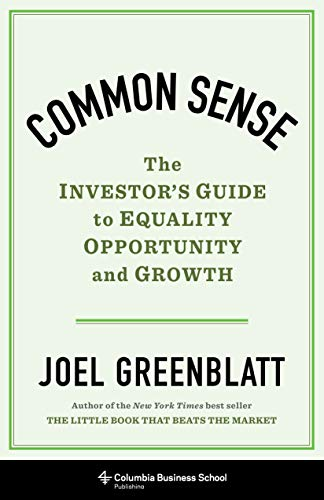
1/ What Drives Closed-End Fund Discounts? Evidence from COVID-19 (Ma)
"CEFs with higher sentiment beta or higher retail ownership experienced a larger increase in discounts after the February 2020 COVID-19 outbreak."
papers.ssrn.com/sol3/papers.cf…
"CEFs with higher sentiment beta or higher retail ownership experienced a larger increase in discounts after the February 2020 COVID-19 outbreak."
papers.ssrn.com/sol3/papers.cf…

2/ "Across different CEF categories, I normalize sentiment beta and scale it by the mean for the corresponding category (equity, municipal FI, taxable FI, or other)."
"Liquidity Gap captures the difference between the illiquidity of underlying assets and that of the CEF shares."


"Liquidity Gap captures the difference between the illiquidity of underlying assets and that of the CEF shares."



3/ "The decrease in AAII sentiment occurs around the COVID-19 outbreak with a sizable magnitude of 26.6%.
"The results in Table 2 complement the graphical evidence in Figure 2, showing that the average CEF discounts increased substantially after the outbreak of COVID-19."



"The results in Table 2 complement the graphical evidence in Figure 2, showing that the average CEF discounts increased substantially after the outbreak of COVID-19."




4/ "Results suggest that CEFs with higher BetaS (sentiment beta; shares subject to more noise trading) experienced a larger increase in discounts after the outbreak of COVID-19. (In terms of economic magnitude, the standard deviation of BetaS is 1.33 from Table 1.) 

5/ "The trends of average discounts for high- and low-sentiment groups are parallel prior to the outbreak of COVID-19 on February 24. This suggests that the parallel trends assumption is satisfied and provides evidence on the validity of the difference-in-differences analysis." 

6/ "Here, I use retail ownership as an alternative measure of sentiment.
"Results suggest that CEFs with higher RO experienced a larger increase in discounts after the outbreak of COVID-19. (In terms of economic magnitude, the standard deviation of RO is 0.15 from Table 1.)"
"Results suggest that CEFs with higher RO experienced a larger increase in discounts after the outbreak of COVID-19. (In terms of economic magnitude, the standard deviation of RO is 0.15 from Table 1.)"

7/ "Results suggest our main difference-in-differences results in Table 3 are not sensitive to the use of the scaled or unscaled versions of sentiment beta. (In terms of economic magnitude, untabulated results show that the standard deviation of the unscaled beta is 0.92.) 

8/ "Underlying assets tend to be less liquid than CEF stocks (Table 1), but CEFs with higher sentiment β or higher RO did not have significantly smaller liquidity gaps after the outbreak."
"Our results are also unlikely to be driven by expense ratio, payout ratio, or leverage."



"Our results are also unlikely to be driven by expense ratio, payout ratio, or leverage."




9/ Related research:
Strategic Timing in Closed-End Fund Portfolio Holdings Disclosure
Exploiting Closed-End Fund Discounts: A Systematic Examination of Alphas
Strategic Timing in Closed-End Fund Portfolio Holdings Disclosure
https://twitter.com/ReformedTrader/status/1370801944827027458
Exploiting Closed-End Fund Discounts: A Systematic Examination of Alphas
https://twitter.com/ReformedTrader/status/1354923117898960896
• • •
Missing some Tweet in this thread? You can try to
force a refresh





















